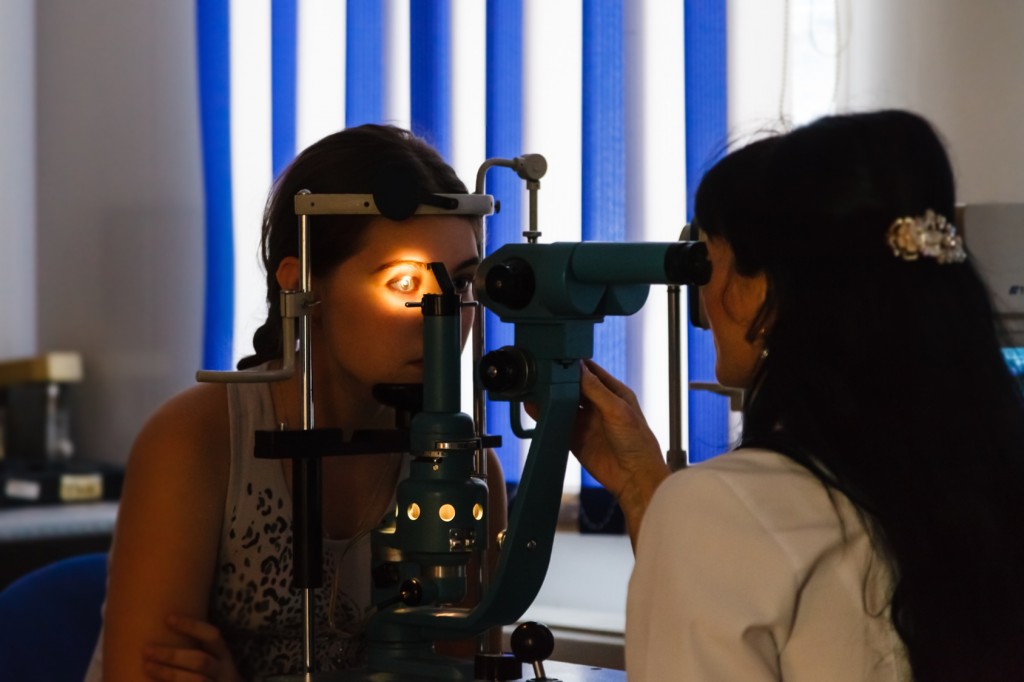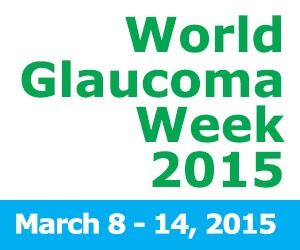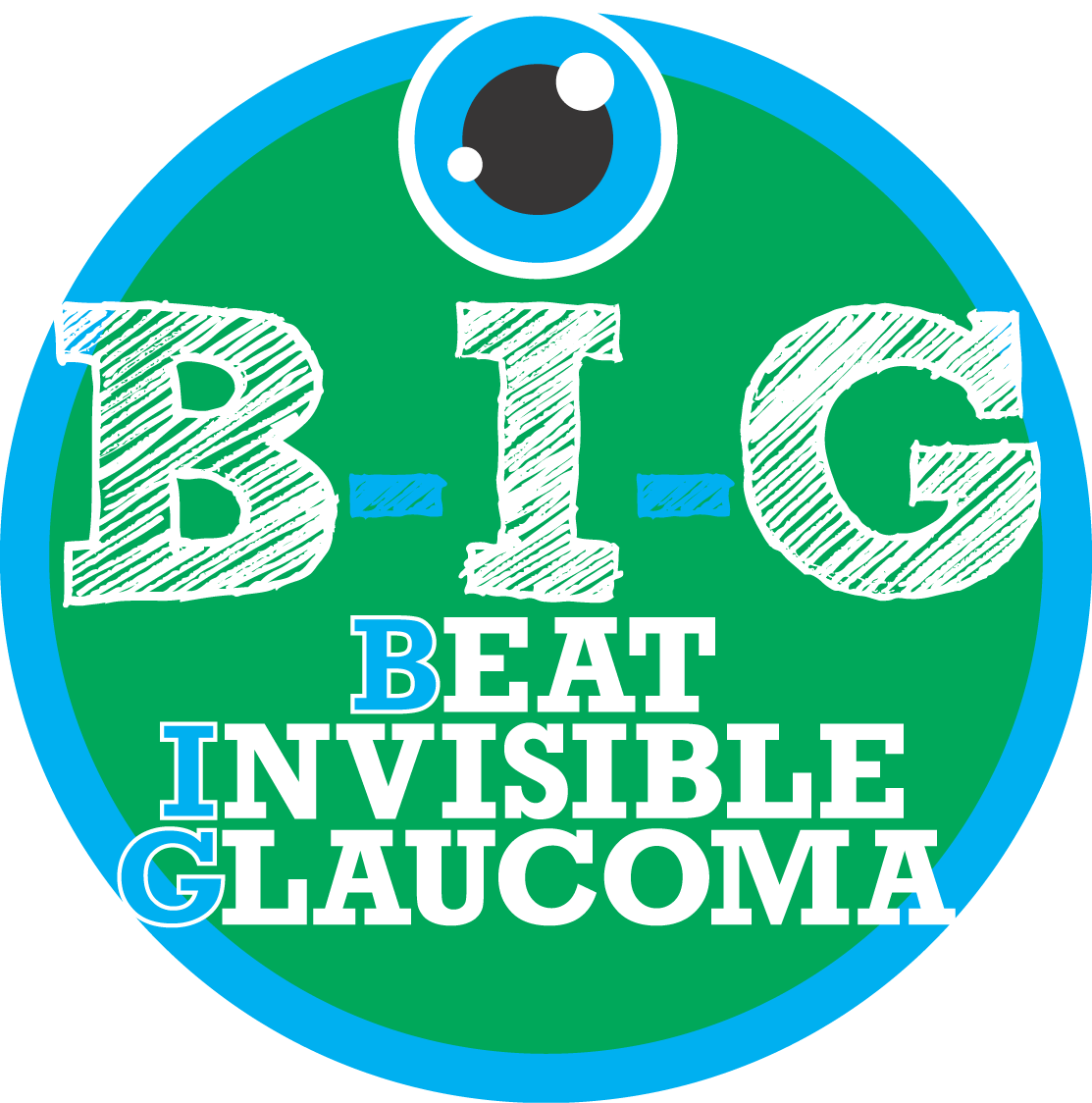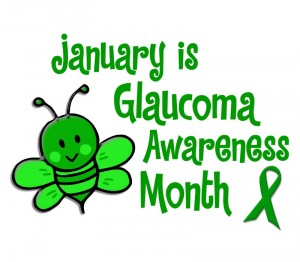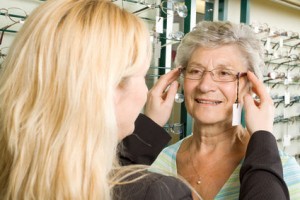Have you ever used Acupuncture?
Did it work? Tell us your view in the comments section below?
Acupuncture is a treatment derived from ancient Chinese medicine in which fine needles are inserted at certain sites in the body for therapeutic or preventative purposes.
It is often seen as a form of complementary or alternative medicine (CAM), although it is used in many NHS general practices, as well as the majority of pain clinics and hospices in the UK.
Theory
Western medical acupuncture is the use of acupuncture after a proper medical diagnosis. It is based on scientific evidence that shows the treatment can stimulate nerves under the skin and in muscle tissue.
This results in the body producing pain-relieving substances, such as endorphins. It is likely these substances are responsible for any beneficial effects seen with this form of acupuncture.
Traditional acupuncture is based on the belief that an energy, or “life force”, flows through the body in channels called meridians. This life force is known as Qi (pronounced “chee”).
Practitioners who adhere to traditional beliefs about acupuncture believe that when Qi does not flow freely through the body, this can cause illness. They also believe acupuncture can restore the flow of Qi, and so restore health.
Read more about what happens during acupuncture.
What is it used for?
Acupuncture practitioners – sometimes called acupuncturists – use acupuncture to treat a wide range of health conditions.
It is often used to treat pain conditions such as headache, lower back pain and osteoarthritis, but is also sometimes used in an attempt to help people with conditions ranging from infertility to anxiety and asthma.
Acupuncture is occasionally available on the NHS, although access is limited. Most acupuncture patients pay for private treatment.
Read more about the common uses of acupuncture.
Does it work?
Currently, the National Institute for Health and Care Excellence (NICE) only recommends considering acupuncture as a treatment option for chronic lower back pain, chronic tension-type headaches and migraines. NICE makes these recommendations on the basis of scientific evidence.
There is also some evidence that acupuncture works for a small number of other problems, including neck pain and post-chemotherapy nausea and vomiting.
Acupuncture is sometimes used for a variety of other conditions as well, but the evidence is not conclusive for many of these uses.
Read more about the evidence for and against acupuncture.
Having acupuncture
When it is carried out by a qualified practitioner, acupuncture is generally very safe. Some people experience side effects such as feeling drowsy or dizzy, but these are usually mild and short-lived.
If you choose to have acupuncture, make sure your acupuncture practitioner is either a regulated healthcare professional or a member of a recognised national acupuncture organisation.
Read more about acupuncture safety and regulation.
Evidence for and against acupuncuture
There is some scientific evidence acupuncture has a beneficial effect for a number of health conditions.
However, there is less clear scientific evidence about the benefits of acupuncture in the majority of conditions it is often used for.
The National Institute for Health and Care Excellence (NICE) only recommends considering acupuncture as a treatment option for chronic lower back pain, chronic tension-type headaches and migraine.
Assessing the evidence
One of the best ways researchers can assess the evidence behind a particular treatment is by carrying out a systematic review. This is a “study of studies” that combines findings from separate but similar studies to come up with an overall conclusion.
Systematic reviews are an important part of health research because they can identify findings that might otherwise be missed in individual studies. They can also help distinguish the effects of treatment from the effects of chance.
It is important to remember that when we use a treatment and feel better, this can be because of a phenomenon called the placebo effect and not because of the treatment itself. Systematic reviews can help reduce the potential influence of the placebo effect.
While systematic reviews cannot always determine conclusively whether a treatment does or does not work, they can be useful in assessing how a particular treatment (such as acupuncture) compares to another (such as “sham” acupuncture or medication).
However, even this can be challenging – both acupuncture and placebo treatments can stimulate the release of natural painkilling substances called endorphins, which can make it difficult to distinguish between them.
What evidence is there for acupuncture?
One of the largest and most respected organisations that carries out and publishes systematic reviews into the effectiveness of medical treatments is The Cochrane Collaboration.
A number of systematic reviews into the effectiveness of acupuncture have been published by The Cochrane Collaboration, and the basic results are summarised below.
Some positive evidence
Systematic reviews carried out by The Cochrane Collaboration have found there is some evidence acupuncture may have a beneficial effect on the following conditions:
- chronic lower back pain
- tension-type headaches
- migraines
- nausea and vomiting after chemotherapy
- nausea and vomiting after surgery
- osteoarthritis
- neck pain
- irritable bowel syndrome (IBS)
However, because of disagreements over the way acupuncture trials should be carried out and over what their results mean, the existence of some positive evidence does not mean acupuncture definitely works for these conditions.
In many cases, the evidence appears contradictory. For example, some high-quality studies may suggest acupuncture is no better than “sham” acupuncture, whereas some lower-quality studies may suggest acupuncture is better than an established medical treatment.
The issue is sometimes also further complicated by the fact some “sham interventions” include active needling and are therefore not true placebos.
In addition, it can be difficult to make sure the patients involved in acupuncture studies are unaware of the specific treatment they are receiving (known as “blinding”).
This is because it is obvious whether you are receiving a conventional medical treatment such as medication or if you are receiving acupuncture, for example. This is a problem as it means the preconceptions of the person being treated may influence the result.
Some systematic reviews, however, have demonstrated the effects of acupuncture over sham treatment in studies where patients are unaware whether they are having real acupuncture or sham treatment.
For example, one large meta-analysis (a type of systematic review) not carried out by The Cochrane Collaboration included data from more than 17,000 patients. It compared acupuncture to sham acupuncture or no acupuncture without patients being aware of whether they had received real or sham treatment.
This review found acupuncture to be superior to both sham and no treatment for headaches, osteoarthritis, back pain and neck pain.
Little or no evidence
In many conditions where acupuncture is used, there is not enough good quality evidence to draw any clear conclusions over its relative effectiveness compared with other treatments.
For example, systematic reviews published by The Cochrane Collaboration have suggested more research is needed to assess whether acupuncture is effective for: asthma, glaucoma, schizophrenia, depression, shoulder, pain, elbow, pain, rheumatoid arthritis, Bell’s palsy, restless legs syndrome, insomnia vascular ,dementia, stroke, stroke rehabilitation and swallowing problems caused by stroke
More research is needed to establish whether acupuncture is better or worse than best standard treatments for these conditions.
More information and research
If you want to find out more about studies into acupuncture, you can search for high-quality research using the NHS Evidence and Cochrane Library websites.

